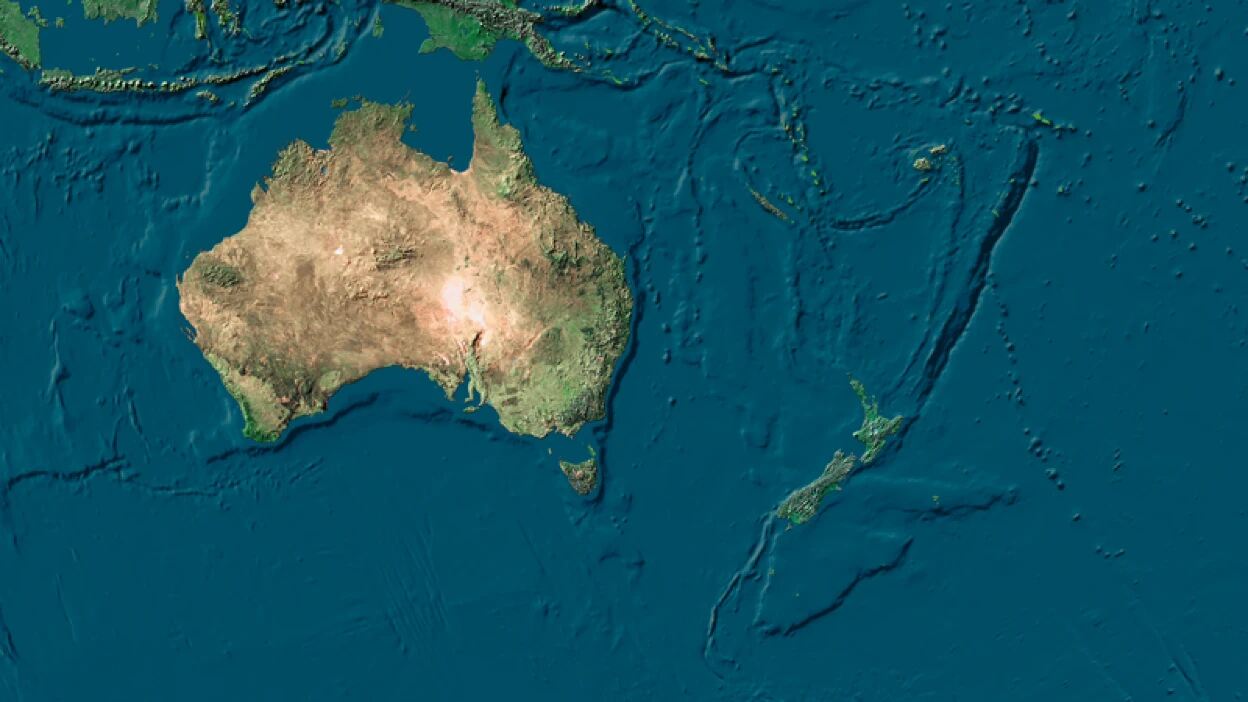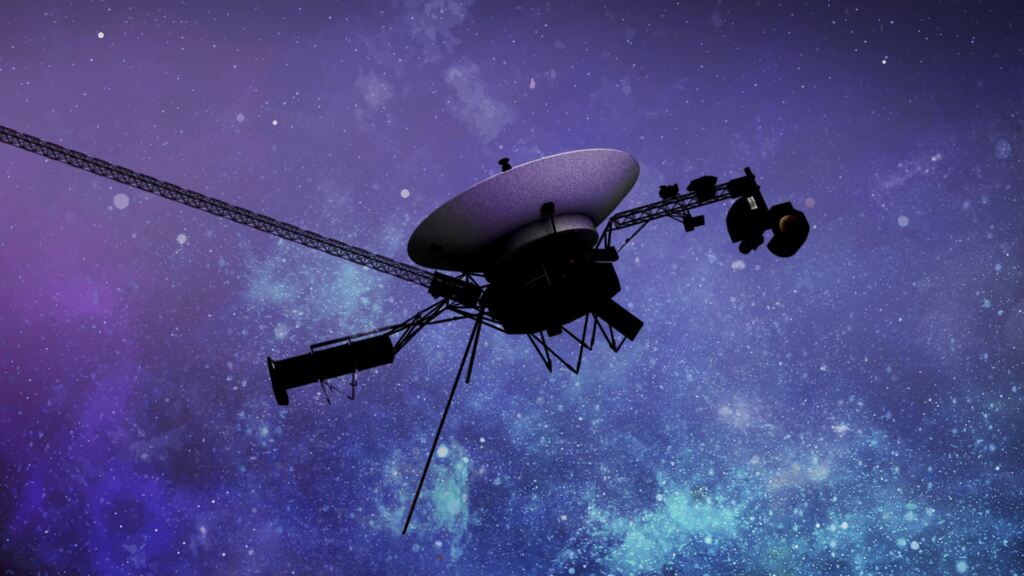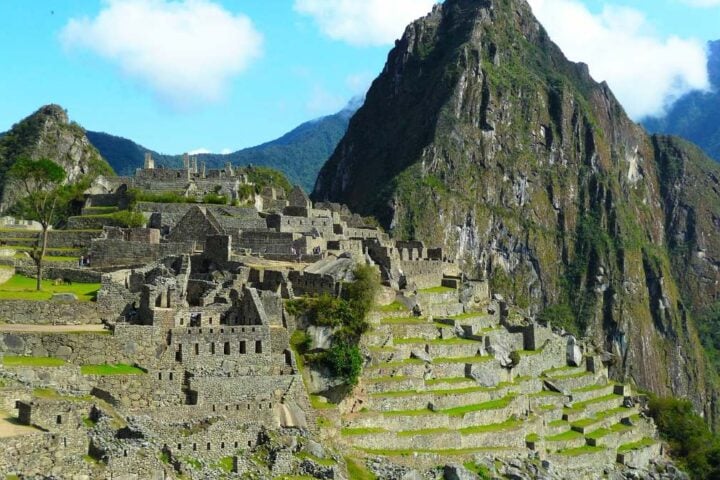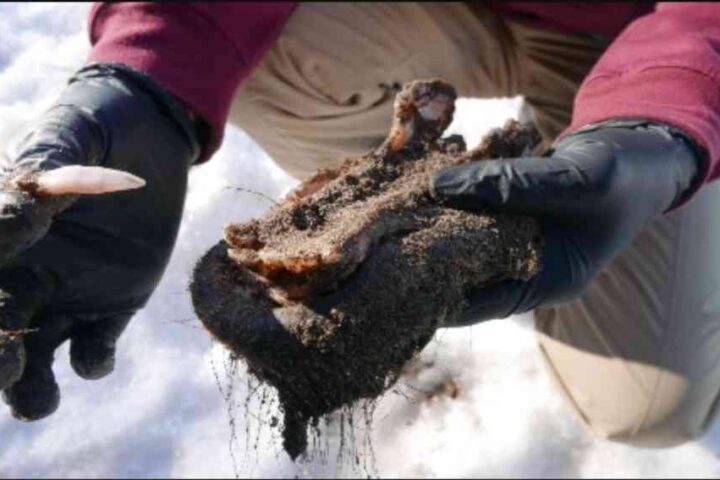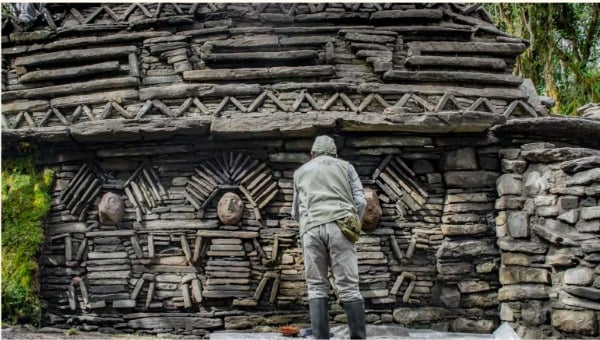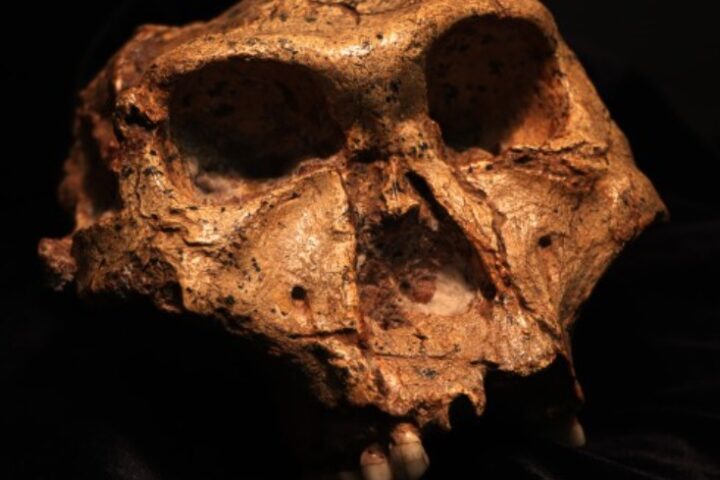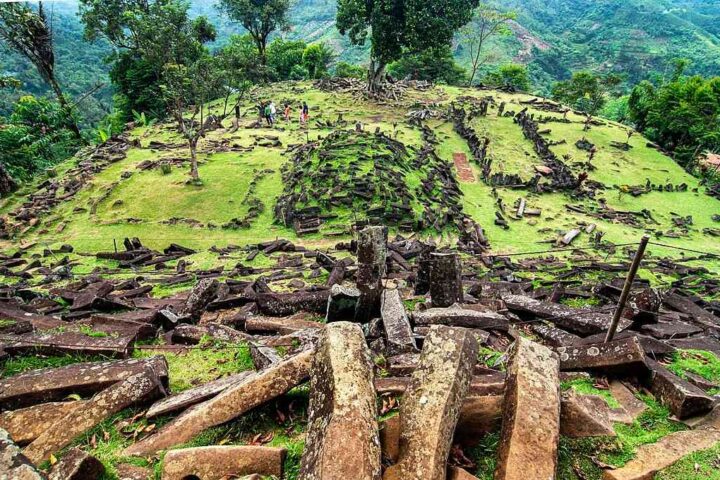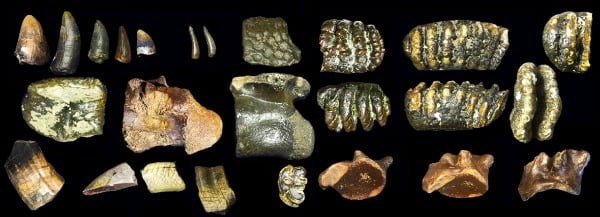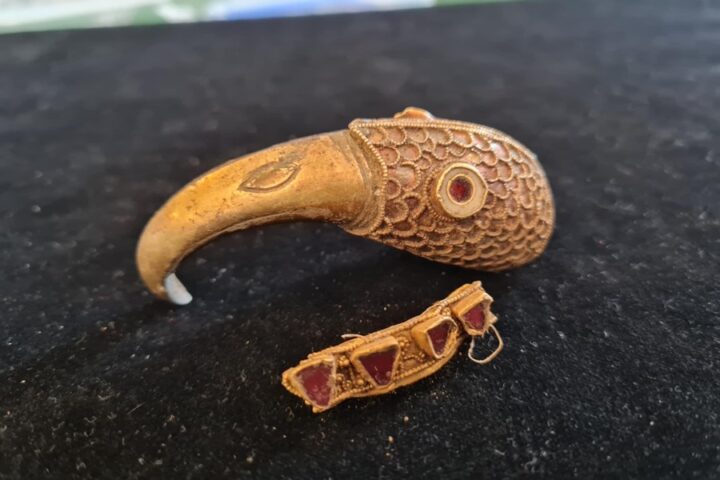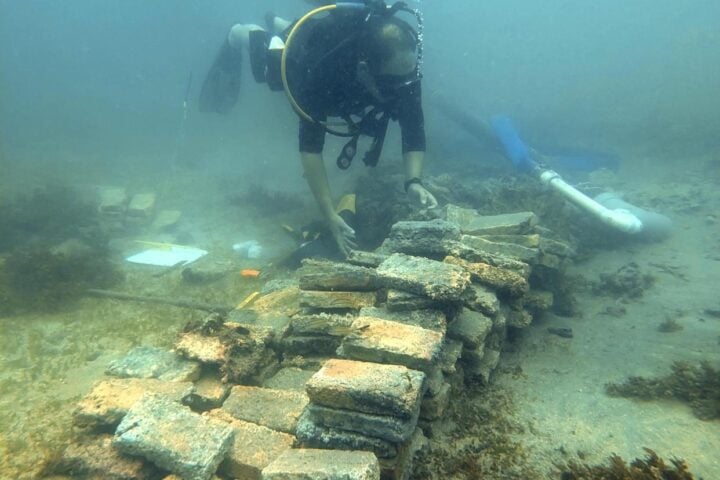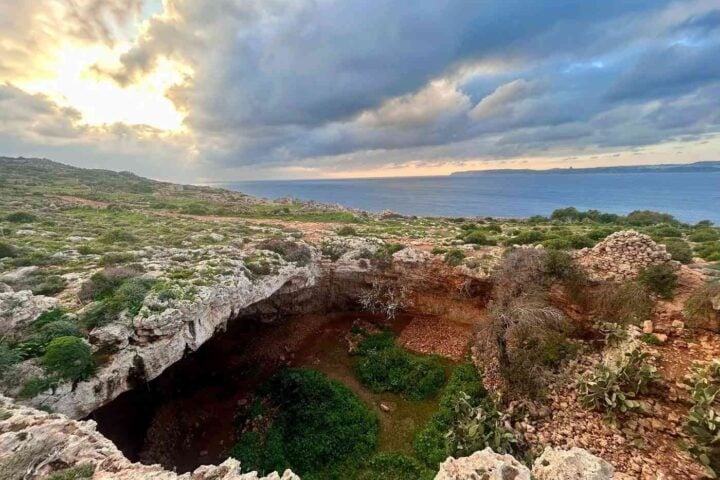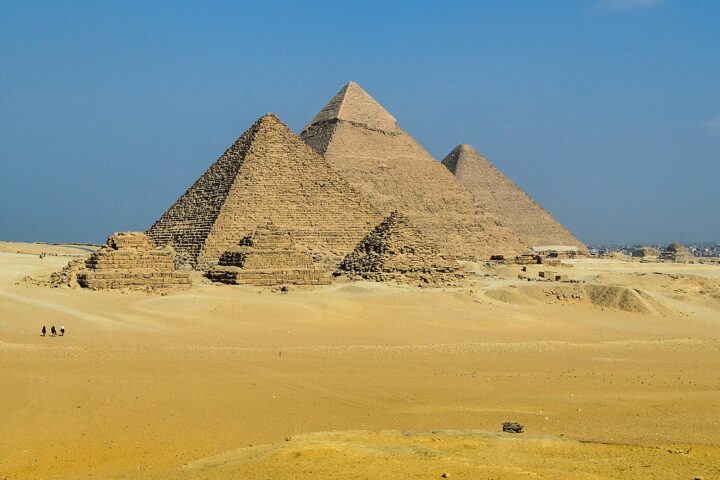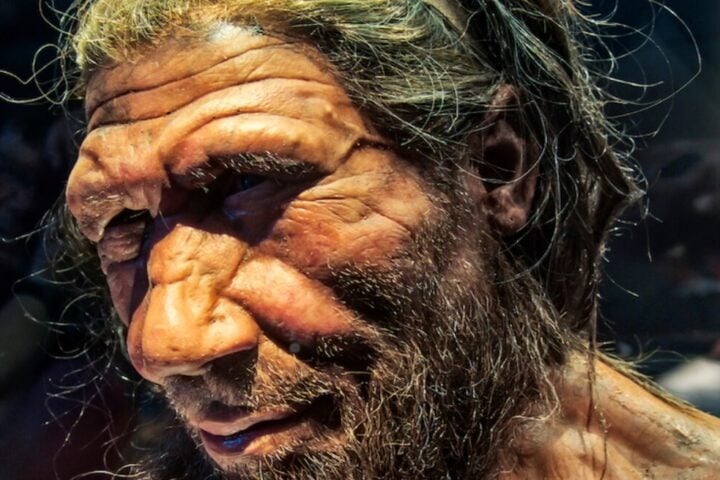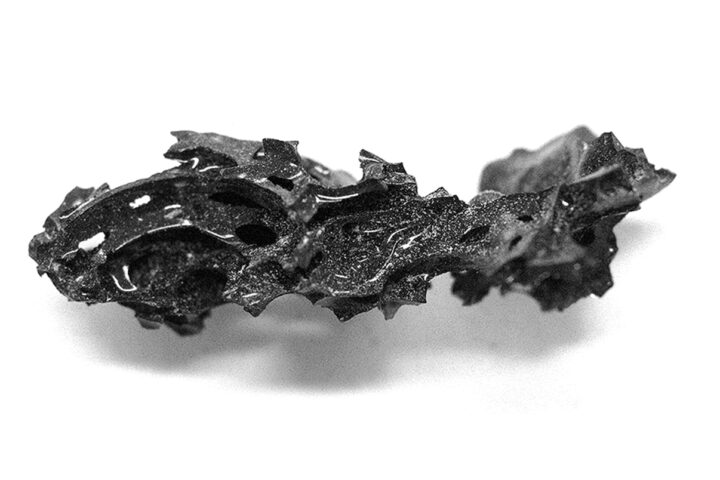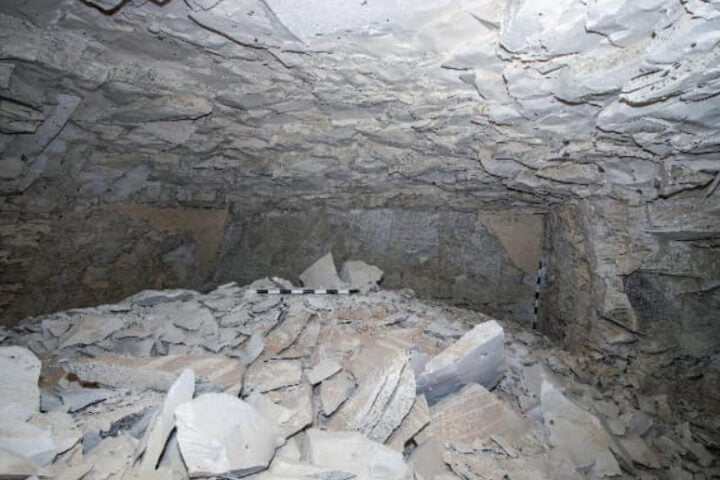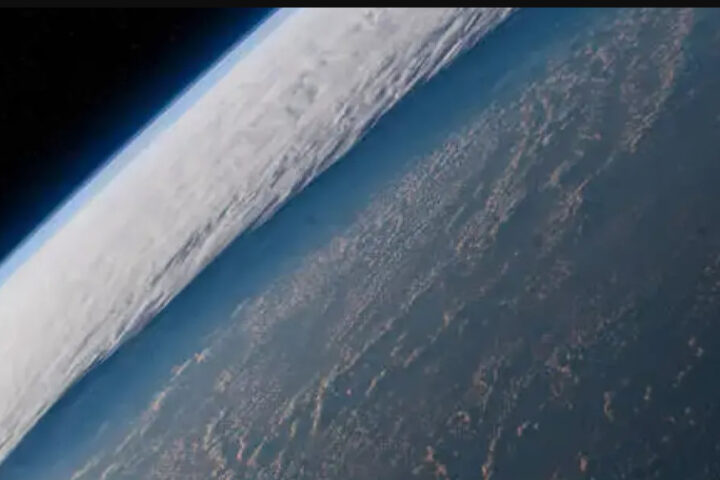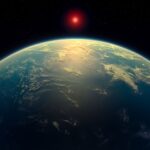There were seven continents of the world until September 2023: Asia, Africa, Europe, South America, North America, Australia, and Antarctica. But now a new continent is added, called Zealandia. Continents are a lot like people. They drift about, break old bonds, develop new ones, and go around in circles. Of course, there was the great joint family named Pangaea, about 300 million years ago. At that time, almost all the land on Mother Earth was a single fertile mass. All the continents will likely fuse again in about 250 million years. At present, what’s interesting is, we’re still discovering what happens when continents split. The recently discovered Continent of Zealandia is the proof of it.
Pangaea broke up into two supercontinents, two hundred million years ago. One of these, Gondwana, broke up further, about one hundred fifty million years ago. It caused one chunk—now India and Africa—to drift north and another—now Australia and Antarctica—to stay south. In the midst of tectonic activity, these continents were torn apart, about eighty million years ago. As a result, the world’s thinnest and youngest continent was born. It was as a ribbon-like strip twisted away from the edges of the southward-drifting chunk. It caught fire and eventually sank. For all of recorded history, this ribbon only broke as a series of small plateaus. It was considered a group of islands, known as New Zealand. Now it turns out those islands have been on a continent of their own. They are spread across about 5 million square kilometers. They are around half the size of the US and more than half the size of Australia.
Zealandia was first identified as a large land mass in 1995 by an American geophysicist, Bruce Luyendyk. Luyendyk also gave it its name. But its identity as a full continent remained unproven. It was only in 2017 that a study by scientists from New Zealand, Australia, and New Caledonia was published, officially confirming it as a continent. With its well-defined plateau rising above the ocean floor, and a total area greater than one million sq km isolated from other continents, it met the criteria for “Continent.” Nick Mortimer, a geologist with New Zealand’s Institute of Geological and Nuclear Sciences (GNS), announced this finding in 2017. Mortimer led the study. He said, “Continents are the largest solid objects on Earth. It was surprising that we missed one, hidden in plain sight.” Most of Zealandia lies about two km away in the South Pacific Ocean.
Zealandia is given a Maori name Te Riu-a-Maui or “the hills, valleys, and plains of Maui,” a Polynesian folk hero. Zealandia became the first continent to be fully mapped in September 2023. Mortimer explains, “Few maps or globes show the bathymetry of the ocean seabed. Our rock map of Zealandia is a first reconnaissance, but it is a world first.” The mapping has revealed that the crust, in some places, is just 10 km thick. That is why much of it remains underwater. Most continents have a crust about forty km thick across most of their area. Zealandia is the only continent on Earth where far more surface area is submerged than visible. New Zealand, New Caledonia, and the Australian territories of Lord Howe Island are visible above water.
According to Mortimer, researchers from GNS had studied by 2023, rocks dredged from the crust. They formed a picture of Zealandia’s early years. Giant volcanic regions typically erupt as supercontinents split. A well-known example is the Deccan Traps, large parts of present-day Maharashtra, Gujarat, Goa, MP, and Rajasthan that were covered in lava, as India and Africa tore away from each other. A rift in southeast Gondwana birthed the Tasman Sea, which lies between Australia and New Zealand. For about sixty million years, magma flooded out of cracks and fissures, stretching and thinning Zealandia “like pizza dough,” said Mortimer. Eventually, this activity ceased. Zealandia cooled and as its thin crust solidified, it sank.
Mortimer is satisfied at the moment to have put Zealandia on the map. According to him, only future studies will reveal the history of this enigmatic continent. In India, there is a saying: Earth consists of seven continents; but Kashi or Varanasi is the eighth continent. But Mortimer and his associates have proved that the eighth continent is Zealandia, which holds age-old secrets!
